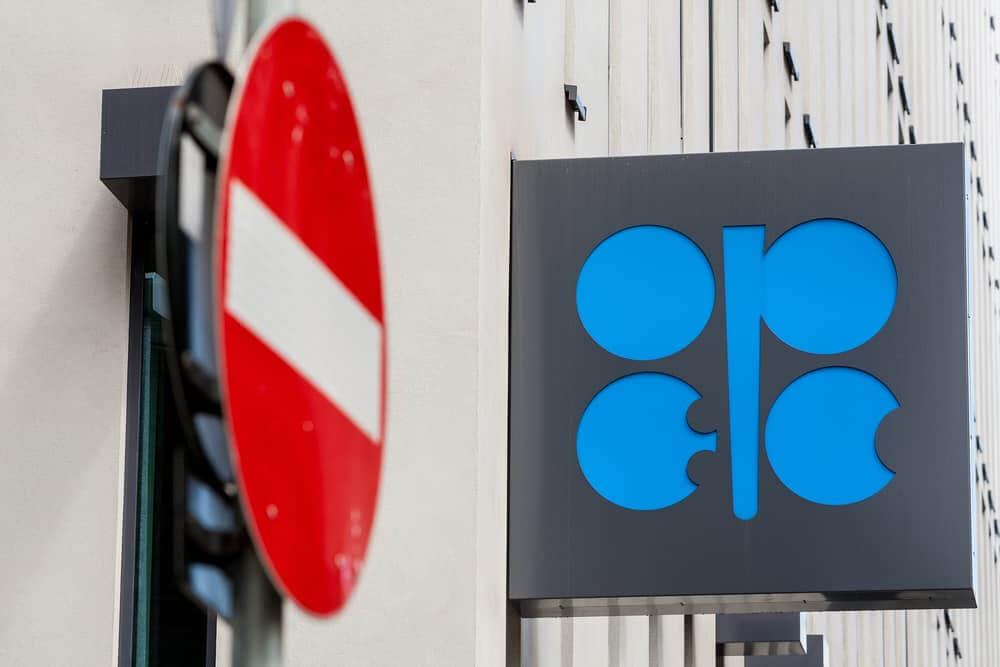
OPEC +: Supply Curbs, Uncertain Demand
Oil prices see little change this year and a modest increase in 2021. Output cuts are taking effect, with the demand picture clouded in uncertainty.
This is due to the coronavirus pandemic, a poll showed on Tuesday.
The survey of 43 analysts and economists forecast benchmark Brent crude to average $42.75 a barrel in 2020. This was up from July’s $41.50 consensus and compared with an average price of $42.60 this year.
Moreover, Brent is expected to average $50.45 in 2021.
In energy commodities, the 2020 U.S. crude price outlook rose to $38.82 per barrel from July’s $37.51.
Global demand was seen contracting more steeply this year. This was between 8-10 million bpd versus July’s 7.2-8.5 million bpd consensus.
The market is looking for a catalyst to break out of its recent range. This was a statement from Harry Tchilinguirian, BNP Paribas commodity research head.
On the bearish side, this could be a degradation of OPEC + discipline as prices begin to rise. Or more severe economic setback.
On the bullish side, a positive outcome in phase III COVID-19 vaccine trials that will re-shape expectations. That is around the path of a global economic recovery, Tchilinguirian added.
Organization of Petroleum Exporting Countries & its Allies
Commodity news reports, the OPEC + has urged nations producing oil above agreed quotas to deepen cuts in August and September.
Its current policy calls for a 7.7 million barrels per day cut.
Jefferies analyst Jason Gammel said OPEC + will likely support a floor at $40. However, plateauing demand recovery and concerns of a COVID-19 second wave will make price gains difficult.
Declining U.S. production could be supportive into the year-end, Gammel added.
The International Energy Agency this month cut its 2020 demand forecast by 140,000 bpd to 91.9 million bpd. With the pandemic throttling air travel, predictions on consumption in 2021 will be slightly lower than it was in 2019.
Norbert Ruecker of Julius Baer said air traffic is likely to suffer for longer.
Meanwhile in precious metals, Gold futures rose to around a two-week peak on Tuesday. It was aided by weakness in the dollar that took the currency to its lowest level in about two years.
The gains for gold and other precious metals come, even as stocks are mostly tilting higher to start September.
December gold GCZ20, +0.96% GC00, +0.96% rose $18.80, or 1%, at $1,997,40 an ounce. This represents the highest closing level, if the metal holds here, since Aug. 18, according to data.




